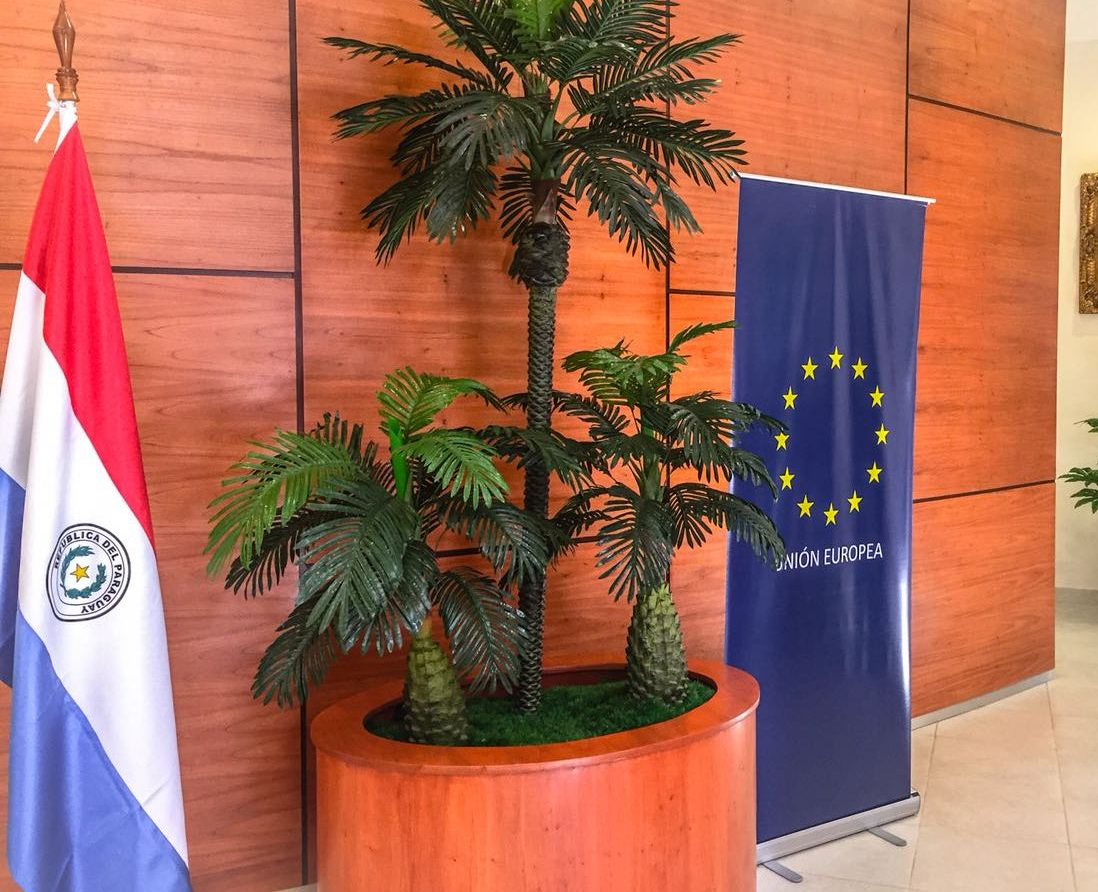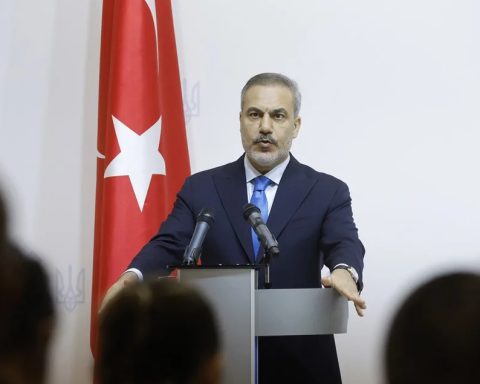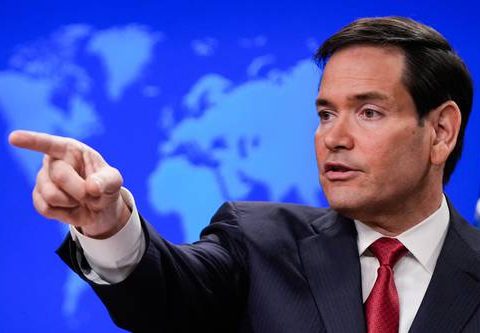Bolivia will lead a meeting on June 27 with several ministers from Brazil, Paraguay, Peru and Uruguay to present the progress of the Bi-oceanic Integration Rail Corridor, a project that seeks to link the Brazilian port of Santos with the Peruvian port of Ilo.
Source: EFE
At a press conference this Thursday, the Minister of Public Works, Édgar Montaño, announced that “he has made effective the invitation” to his counterparts and ministers from the area of the countries mentioned for the meeting to be held in La Paz.
Montaño indicated that the objective is to “verify what progress has been” in the last year and a half of the project that was born in 2013 during the Administration of former President Evo Morales.
The official explained that “two sections” of the three that comprise the link between the towns of Bulo Bulo and Villa Tunari, in the center of the country, have already been delivered, and that it has the objective of articulating the eastern and western network of Bolivian railways. .
The issue came to light again after some sectors of the opposition affirmed that Bolivia was left out of another bi-oceanic highway corridor, which begins in Porto Mutinho (Brazil) and will cross the Paraguayan Chaco until it reaches the border with Argentina to connect with Chilean ports.
In this regard, Montaño distinguished that there are “two ways” of connection between the Atlantic and Pacific oceans, one “by highways”, like the Paraguayan project, and another “rail”, which is the one that Bolivia has led.
However, this week, during the meeting between the leaders of Bolivia, Luis Arce, and Paraguay, Mario Abdo Benítez, for the commemoration of the 87th anniversary of the end of the Chaco War between the two countries (1932-1935), they spoke of the importance of the two projects: the highway and the railway.
Abdo Benítez assured that Bolivia “has to be part” of the highway route and later in a joint statement, Bolivia and Paraguay declared the “strategic importance” of the Bi-oceanic Integration Rail Corridor.
With this “we have reaffirmed that Bolivia is a strategic axis” and “it is totally closed and reflected that Bolivia is included in the bi-oceanic corridor,” said Montaño.
Bolivia’s location in the center of South America has made this circumstance important for becoming a meeting country and an obligatory route for commercial land traffic between the Atlantic and the Pacific.
In addition, since it has not had a sovereign outlet to the Pacific since the end of the 19th century, becoming a hub for commercial traffic could represent a strategic factor for its development.
















